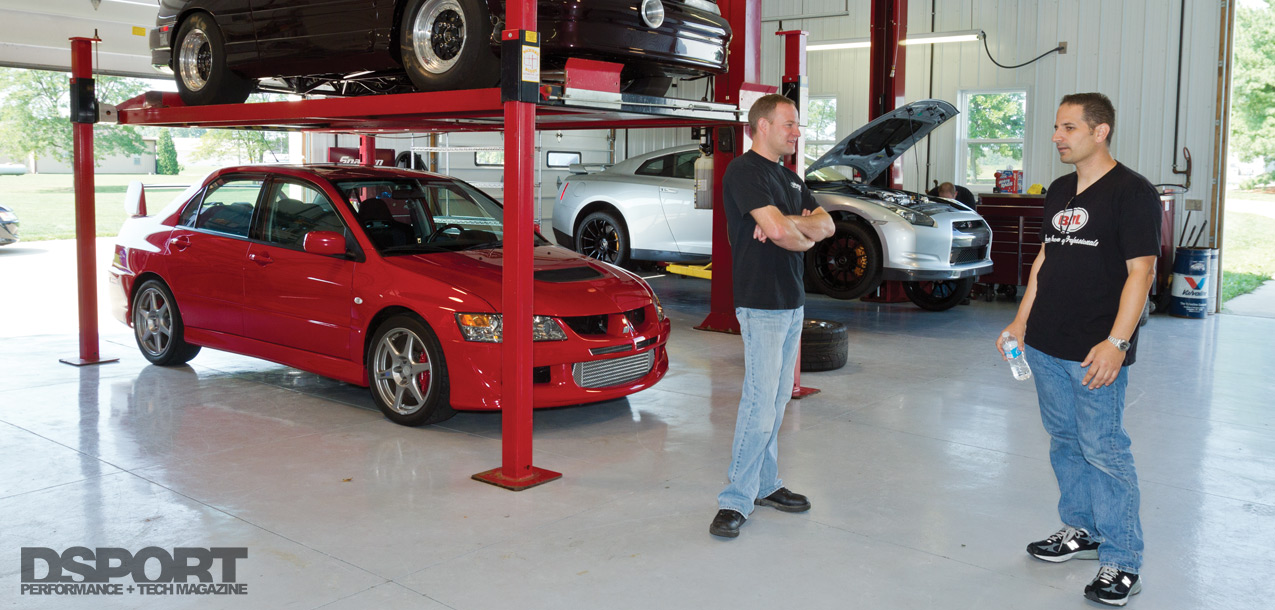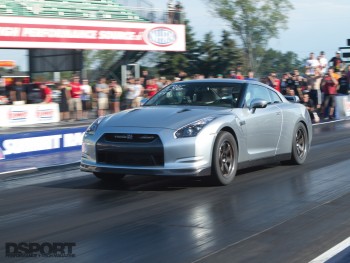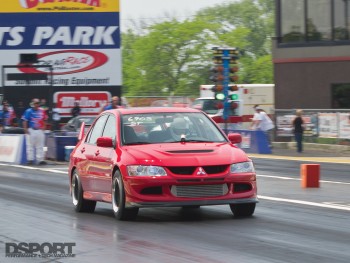Cost of Entry
There is obviously a substantial price difference between an EVO and GTR. Looking at the first year of availability for either platform, a “good” condition EVO VIII checks in at $12,544 while a “good” condition 2009 GT-R commands $55,265, assuming a mileage of 12,000 per year. Right off the bat, there is a $42,000 difference in cost of entry. Factoring that the GT-R in this example is 6 years newer and has 72,000 miles less of wear and tear cannot be ignored. Still, by any stretch of accountant’s math, the GT-R is going to be a more expensive platform to purchase.
The GT-R Tax
When comparing the cost of parts, it seems that a “GT-R Tax” (parts for GTR tend to be priced higher because, well, it’s a GT-R and not a Civic). Keep in mind also that the GT-R is not as easy to modify. For example, the VR38DETT must be dropped from the chassis in order to service or upgrade the turbochargers. However, when comparing the dollars invested, it almost seems as if the GT-R were the better value, since (on paper) the parts only cost $3,327 more. When specific parts are compared between them, GT-R components generally cost more.

The Bottom Line
In the end, building an EVO VIII to reach single digits cost $48,107, while accomplishing the same with the GT-R cost $94,155. Is the $42,721 difference in price justified? For a 9-second streetcar that offers the potential to reach the 8-second mark, the argument is compelling. John states, “I did not aim for anything quicker than 9’s in the EVO VIII because in order to get quicker, weight reduction and comfort compromises would need to be made. To get into the 8s the EVO would be less of a daily driver and more of a racecar. By comparison, the GT-R starts off quicker, faster and more refined from the factory. With simple bolt-on parts and a reflash, the R35 can break into the 10s with ease. Getting into the 9s required a bit more effort, but aiming higher only makes sense, especially since GT-Rs are already in the 7s. The “Red Katana” featuring Switzer Performance’s R1KX package ran an 8.97 weighing several hundred pounds more than stock because of interior refinements and a complete sound system. The potential of this car is amazing.




